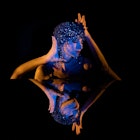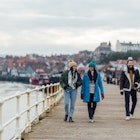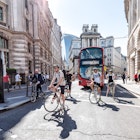Over one hundred and fifty years ago, the world’s first underground railway began operating in London, running for just six kilometres from Paddington to Farringdon. Today, the network covers 408 kilometres, with 11 lines running through 270 stations. And despite every major city in the world now having its own metro system, London’s is still the second-longest (Shanghai’s is first).
Both the ‘circle-with-a-bar-through-it’ (first used 1908) and the world-famous London Underground map (designed in 1931 by Harry Beck) are London icons, with locals and tourists alike sporting T-shirts and souvenirs adorned with Tube maps and station names. Here's a timeline of its amazing history and some essential etiquette for your next visit to London.

Tube timeline
‘An insult to common sense’
1863 On 9 January 1863, the first day the London Underground opened, 50,000 people queue for tickets but just over half that number are able to travel. Despite The Times claiming it’s ‘an insult to common sense’ that people would want to travel ‘through the foul subsoil of London’, an average of 26,000 people per day use the steam-operated service in its first six months.
1890 The name ‘Tube’ is coined when a new way of digging the tunnels is introduced. The ‘cut and cover’ method (digging a trench in a street, laying the lines, covering over the trenches) is replaced by the ‘shield’ method which creates less ground level disruption as a circular shield made of cast iron is used to support the earth while men dig within it – creating the tube shape we see on most lines today. The City & South London Line (later called the Northern Line) is the first to use this method with any success.

Birth and death on the London Underground
1897 Actor William Terris is murdered near Covent Garden station – his ghost is said to haunt it still.
1900 Philadelphia-born financier Charles Tyson Yerkes becomes involved in developing what would become the Bakerloo, Piccadilly and Northern Lines. He dies in 1905 without seeing any of his projects completed.
1906 Hampstead Heath is declared a protected public space and the almost-finished North End station, which would have been the city’s deepest underground station (60 metres below the surface), is abandoned before it even opens.
1924 The first baby born on the London Underground is delivered at Elephant & Castle station. The press claimed she was called Thelma Ursula Beatrice Eleanor (so that her initials would have read TUBE) but this story later proved false – her actual name was Marie Cordery.

The Tube during WWII
1933 Down Street station, on the Piccadilly Line between Hyde Park Corner and Green Park, is closed because it’s too close to its neighbouring stations. It will be used during World War II by Churchill and his War Cabinet for meetings.
1940 The branch line of the Piccadilly Line from Holborn to Aldwych is closed for the duration of the war to store exhibits from the British Museum. 68 people drown at Balham Station when a bomb ruptures a water main.
1941 56 people die at Bank station when a bomb goes through the ticket office and rolls down on to the platforms.
1943 173 people are crushed to death at Bethnal Green Station as they try to enter it during an air-raid.
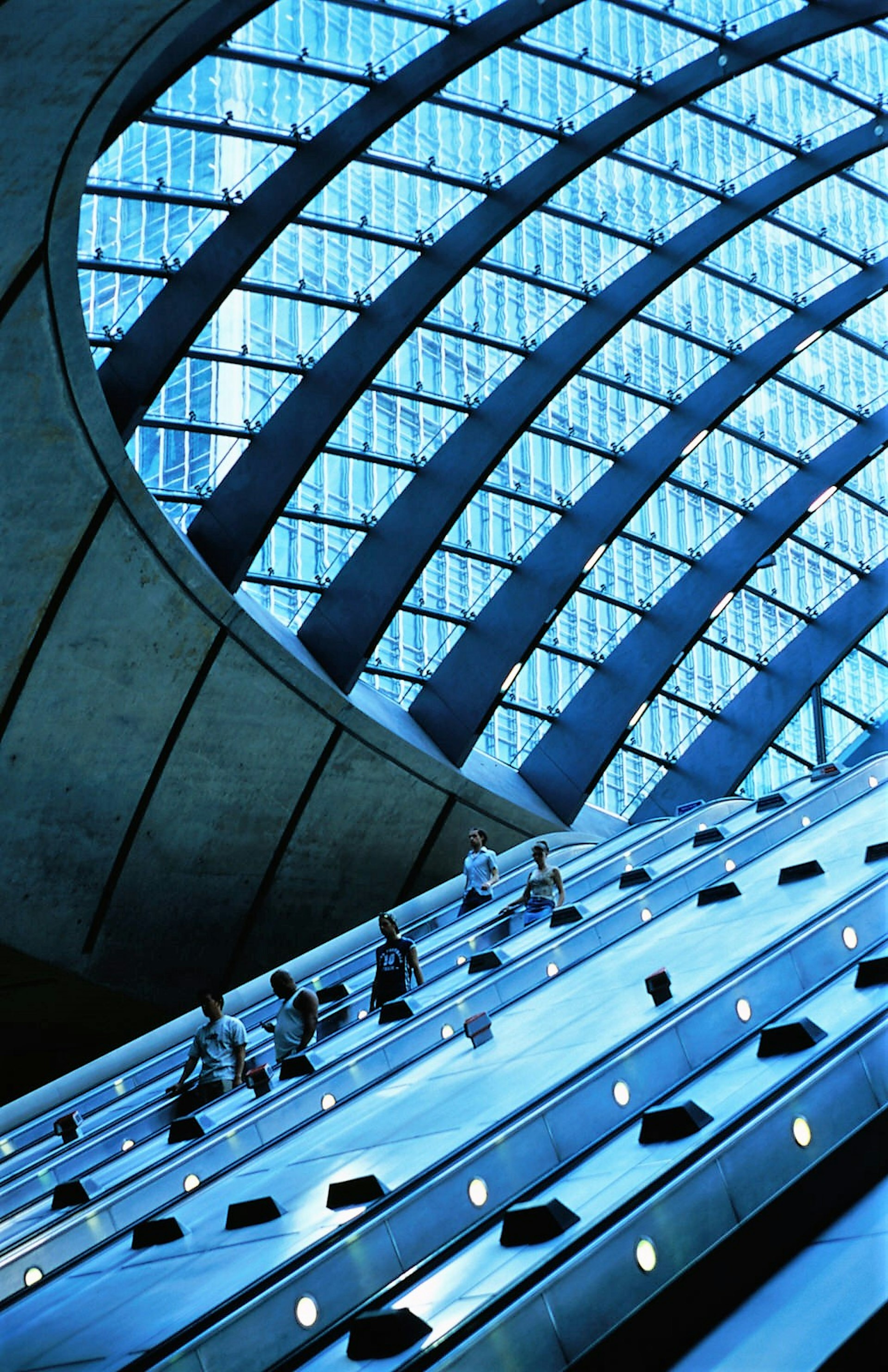
Modern times on the Tube
1961 On 9 September the last steam-operated passenger service stops running.
2007 The Tube carries 1 billion people in a year for the first time. A new one-day record of over 4 million passengers occurs on 7 December.
2012 On 3 August, during the Olympic Games, London Underground has its busiest day ever with 4.4 million passengers.
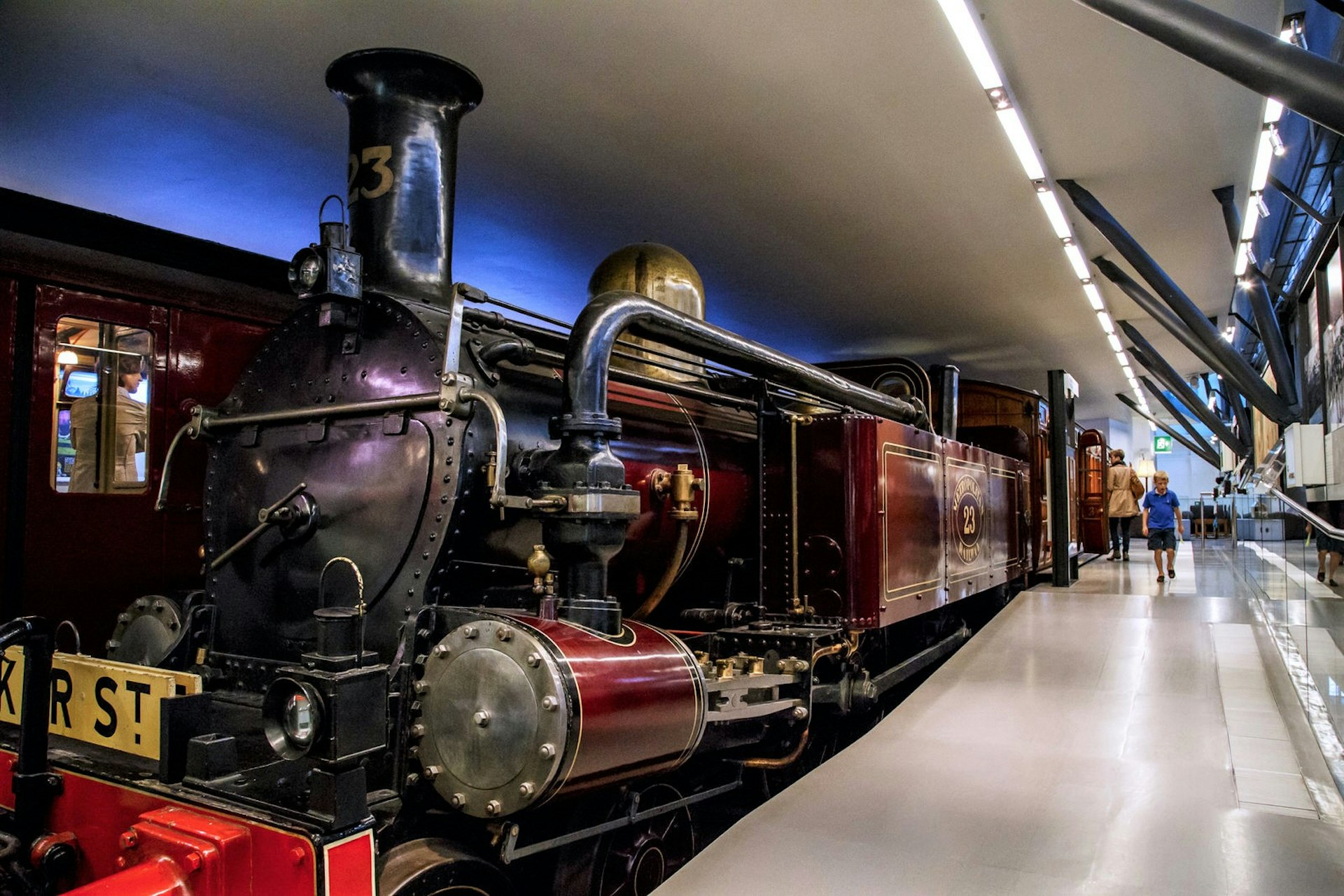
Tube tips and etiquette
Londoners abide by an unspoken code of conduct when they travel on the Tube, and a bit of local knowledge is essential for getting around the British capital. Make sure you mingle with the locals and mind the gap by following these tips.
Do…
- Buy an Oyster card – journeys are cheaper with one.
- Stand on the right on escalators, walk on the left – Londoners will be quick at reminding you should you forget this.
- Let other passengers off before getting on.
- Give up your seat if someone needs it more than you.
- Mind the gap (between the train and the platform edge) – they can be pretty wide sometimes.
- Visit the London Transport Museum to see more on the history of the Tube.
Don’t…
- Block doorways – move down inside the carriages.
- Talk to people you don’t know. Even if the train is delayed you should merely tut, sigh or shake your head, rather than strike up a conversation.
- Travel on the Hammersmith & City or Circle lines if you can help it – they have a notoriously poor record for delays and disruptions.
- Expect air-conditioning – the low tunnels mean there’s no space on many lines to install air-con equipment so expect to get hot and sweaty in summer.
Royal London, punk paradise, perfect spot for a cuppa tea... whatever your flavour, let Lonely Planet's London city guide take you to the heart of the British capital.






